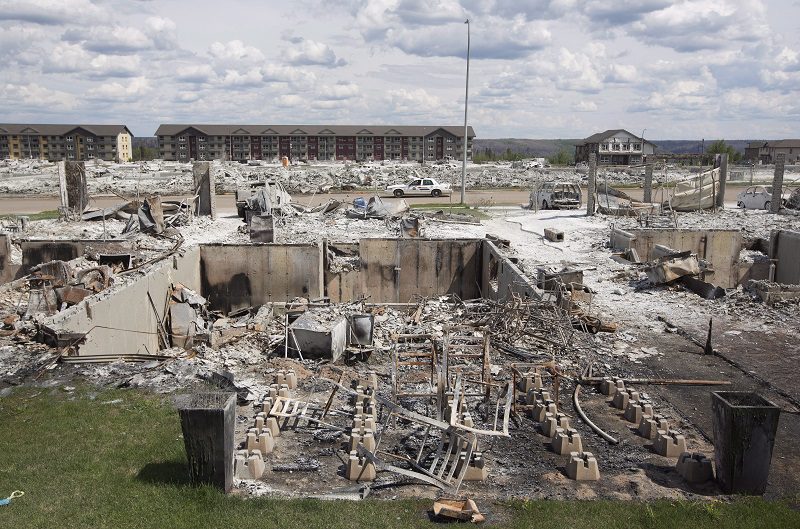How many Canadian properties are at high risk of wildfire?

Approximately 300,000 properties across Canada are at a high wildfire risk, with another million carrying a minor risk of being impacted by wildfires during the typical mortgage term, according to Vancouver-based software and data analytics company Minerva Intelligence Inc.
Minerva recently launched a comprehensive wildfire risk map for Canada, which it says is the first publicly available pan-Canadian wildfire risk score dataset.
Minerva’s climate85 wildfire risk score dataset delivers both yearly and 30-year aggregate probabilities of wildfire ignition and spreading for any location in Canada. The 30-year aggregate probability allows for an evaluation of the likelihood of a property being impacted by a wildfire, expressed as a percentage probability (ranging from 0%-to-100%) and a risk score that ranges from minor (less than 1%) to extreme (greater than 26%).
“Based on our dataset, we analyzed all properties in Canada and estimated that roughly 300,000 buildings are exposed to a high wildfire risk, with a 14% or greater probability of being affected over a 30-year period,” Minerva said in a press release. “Furthermore, over one million properties carry a minor risk… of being impacted by wildfires during the typical mortgage term, potentially putting homeowners at risk of losing their property.
The dataset — which uses a “state-of-art, peer-reviewed and globally recognized methodology to ensure the best possible data quality” — also incorporates a variety of data sources, such as historical weather patterns, national fire-fuel maps, digital elevation models and prevailing wind patterns, to pinpoint areas where fires may occur and spread.
“By analyzing the locations of more than 400,000 historical fires and running over 400 million simulations, we have created a probability map of wildfire risk scores that spans across Canada,” Minerva said.
Datasets are available through the climate85 application programming interface (API) and address lookup toolbar for every location in Canada. Users can search a specific address or coordinates to obtain information on their exposure to wildfire, extreme heat, humidex precipitation and wind risk.
“Flood data will be added to this collection soon,” Minerva said, adding that commercial options are available for the bulk lookup of hundreds or thousands of addresses and locations simultaneously through the API.
“The reality of climate change is upon us, and it is crucial for individuals and organizations alike to incorporate climate risk into their future planning,” Gioachino Roberti, Minerva’s head of product, said in the release. “With climate85, both businesses and families can gain a deeper understanding of their climate risk and take proactive steps to prepare for potential disasters.”
Minerva is seeking partnerships with businesses and organizations to customize its climate risk scores to different specific industry needs.
Feature image: A police car drives through a burnt out neighbourhood in Timberlea Fort McMurray Alta, on Thursday June 2, 2016. Members of the community are slowly being allowed back into their homes. THE CANADIAN PRESS/Jason Franson



